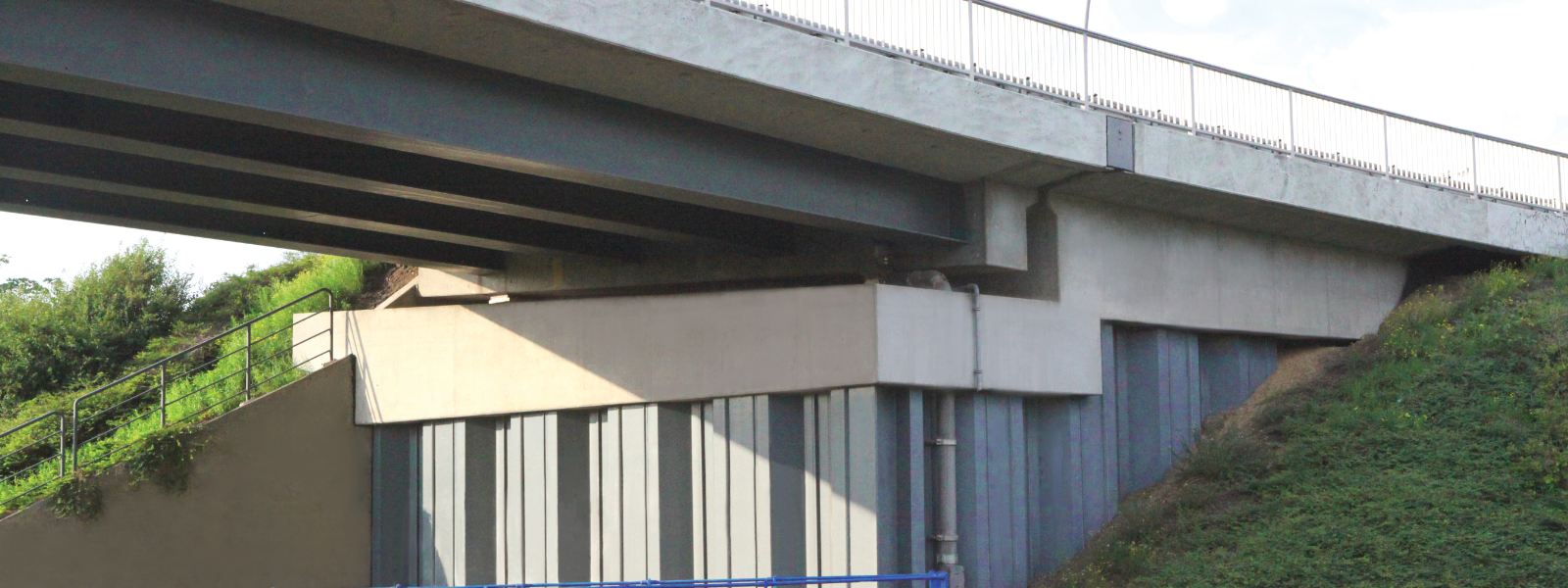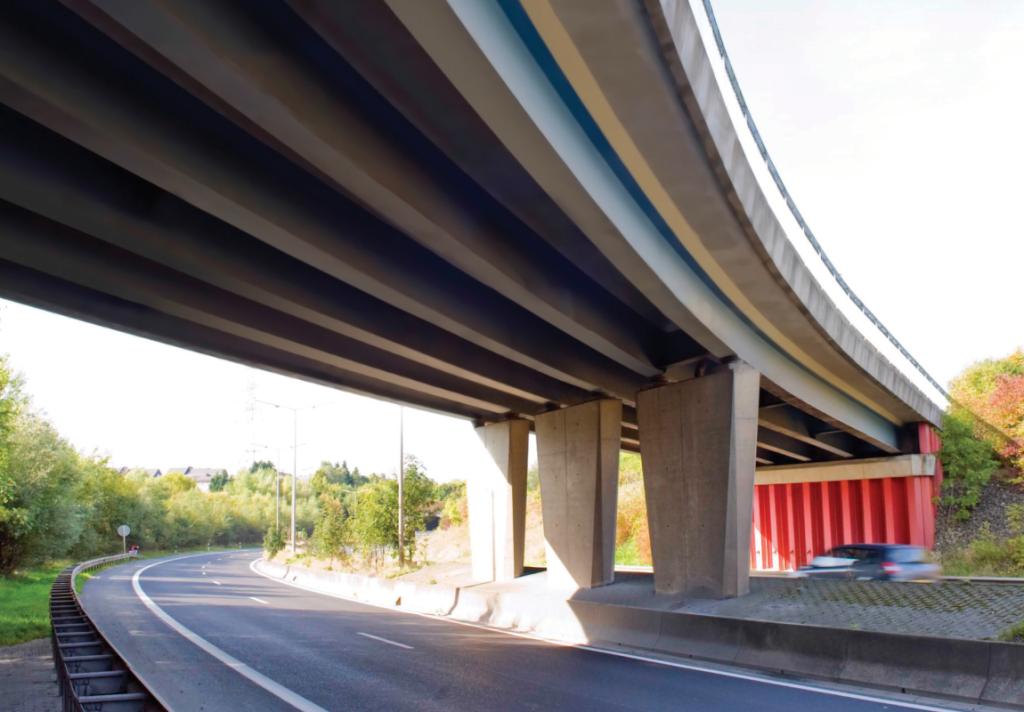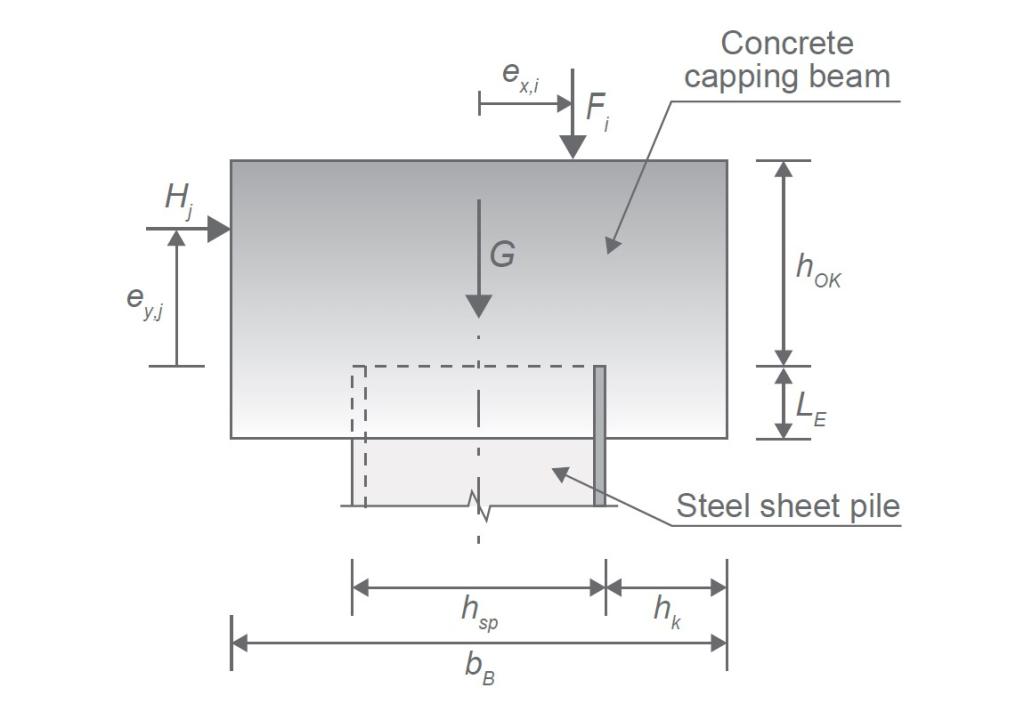Bridge Abutments
Factbook
Bridges, designed to last over a lifetime, must also account for long-term challenges such as fatigue and the ability to bear heavier loads. This highlights the need for durable infrastructure that can withstand modern transportation demands, while minimizing traffic disruptions during repairs or replacements.
Steel sheet pile bridge abutments offer significant benefits in this regard. They provide durable and flexible foundations, which can reduce construction time and costs while enhancing resilience against additional traffic loads, geohazards and effects of climate change. Their ease of installation and ability to accommodate adjustments also make them ideal for minimizing traffic disturbances during maintenance work.
Download
 English
English






